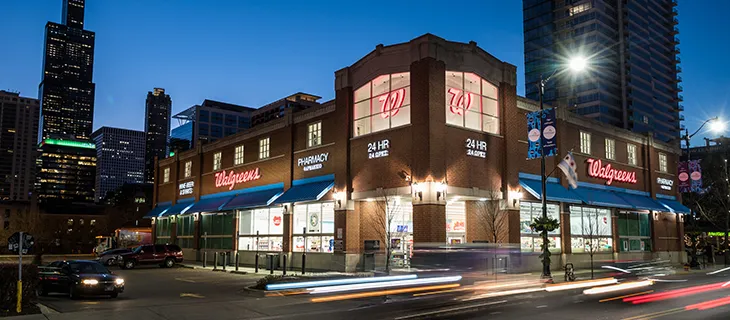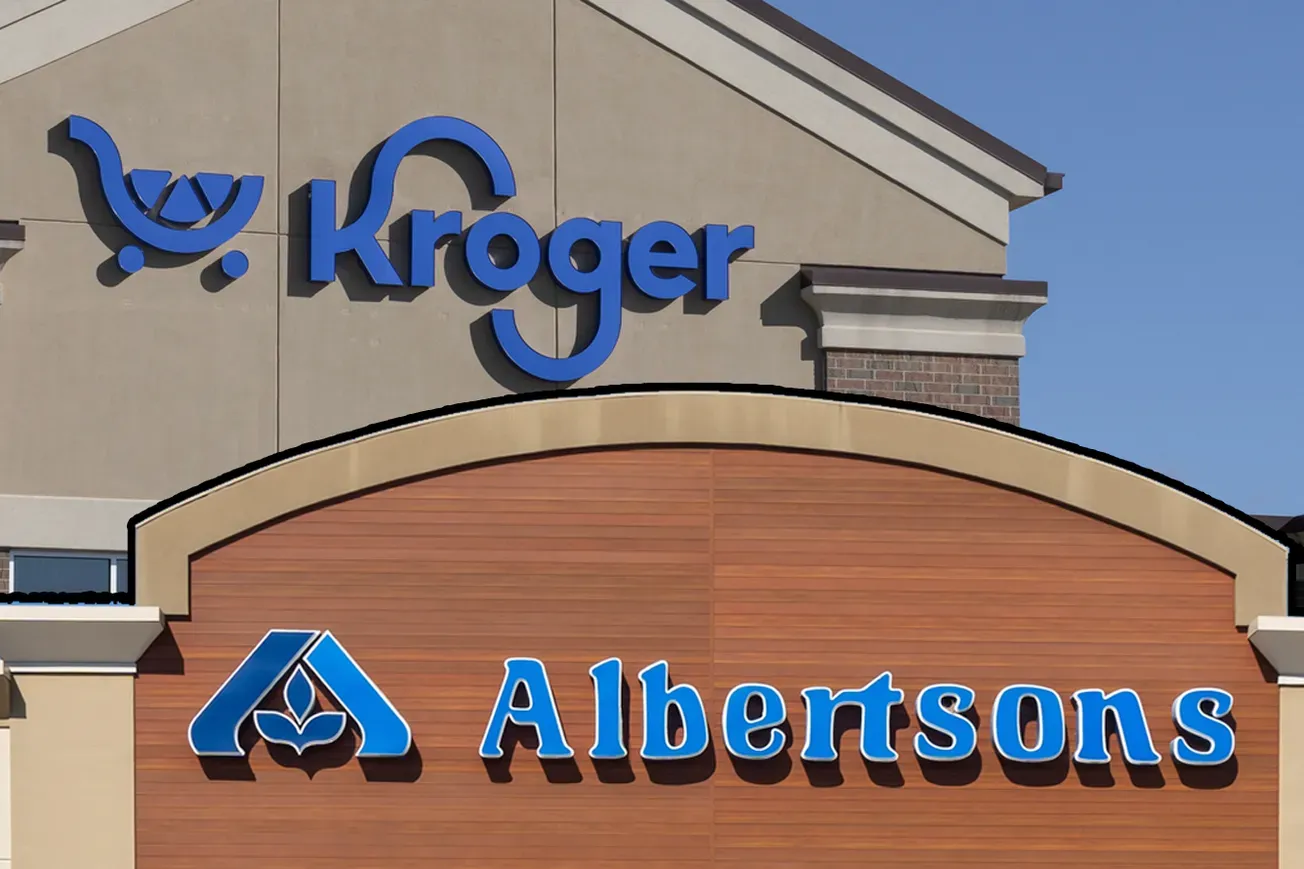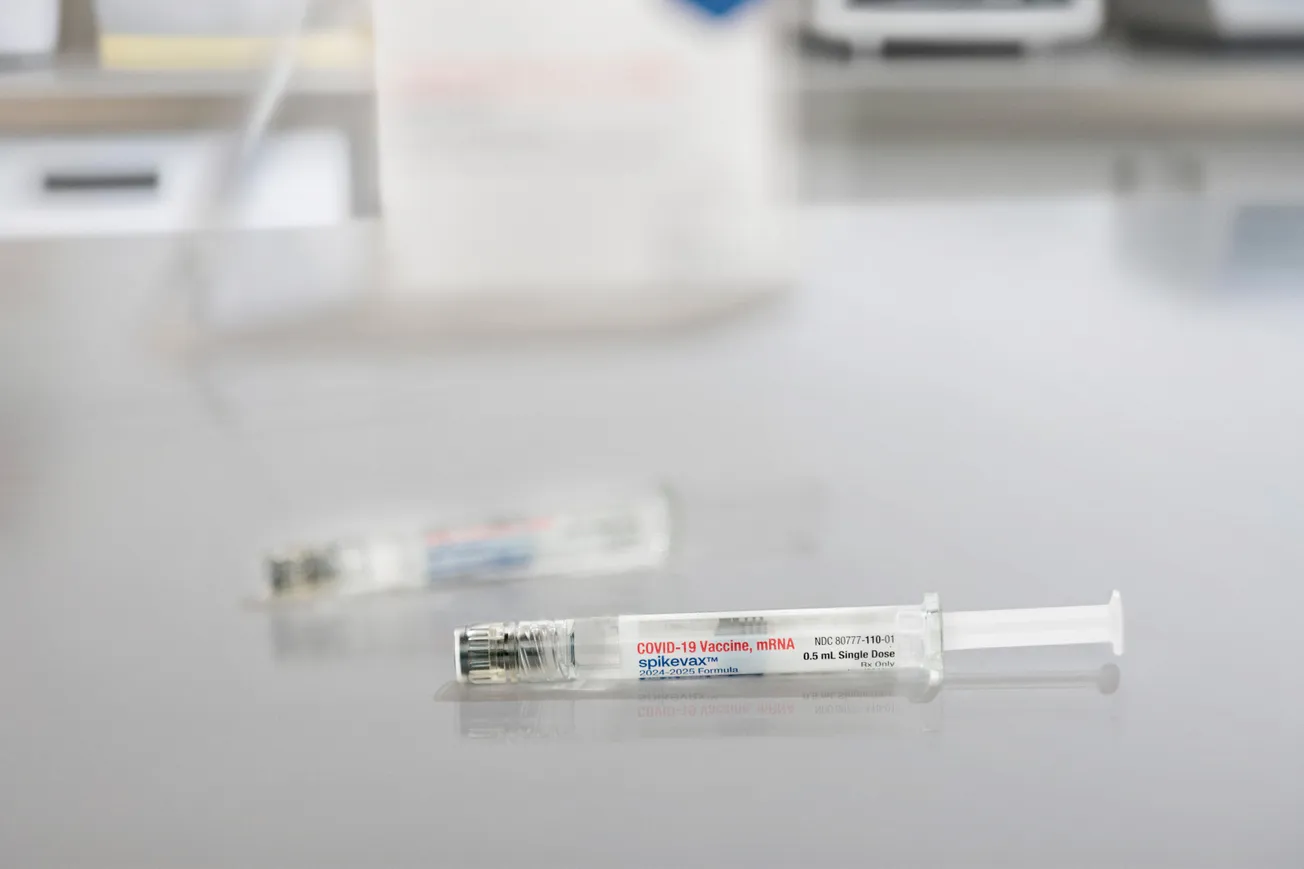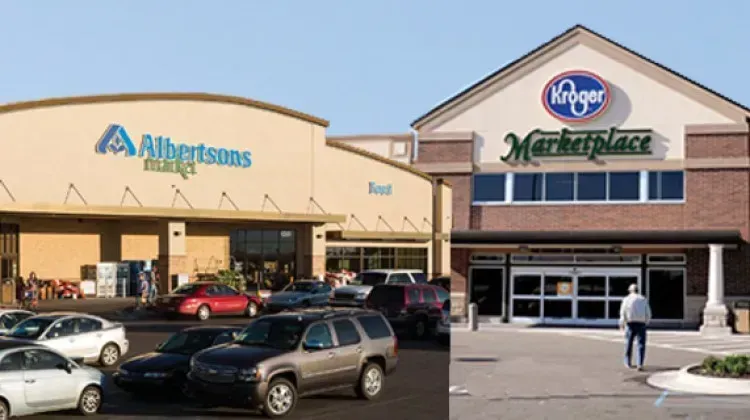DEERFIELD, Ill. — Walgreens’ overarching strategy is built on a combination of health and wellness expertise and exceptional convenience, says senior vice president and chief merchandising officer Luke Rauch.

Luke Rauch
Together, those elements give the company “the unique right to win,” says Rauch, who has been in his current role since the spring. In recognition of his work in making the most of that uniqueness, Rauch has been named Chain Drug Review’s Merchant of the Year for 2022. At the heart of Rauch’s work is Walgreens’ drive to reimagine local health care, an endeavor he had worked on as chief of staff to Roz Brewer, chief executive officer of Walgreens Boots Alliance. Now he’s “super excited” to translate that into merchandising. “Take, for example, all the locations where we’re putting in Village Medical clinics. There’s a huge opportunity to tailor the merchandise to better reflect the needs of a health care location as opposed to a convenience store. We’ve made overt pivots in some of those locations to have more acute and chronic condition management in place of traditional general merchandise.”
The company is also internally organizing to create more linkages between front-of-store health offerings and the pharmacy, and its health care ambitions. It has, for instance, initiated extensive pharmacist training on over-the-counter products for the growing number of people with diabetes. That meshes with initiatives like Walgreens’ partner clinics offering free A1c and blood glucose tests this past November, and the company has high hopes for newly launched, low-cost one-size-fits-all Walgreens brand pen needles.
“The question is, how do we use our offer to connect back to that vision of improving people’s lives, helping them lead more joyful lives through better health,” says Rauch. “We’re doing it, we’re living it, and I think there’s a lot of room to grow, but we’ve made a lot of great progress already.” Pharmacists are integral to the effort, he stresses, saying their expertise can be tapped on needs from choosing a dietary supplement to understanding potential side effects of new medication. “Say you’ve been diagnosed with a new condition, and one of the side effects of the medicine that you’re taking is dry skin. We can create handoffs between the pharmacists and our in-store beauty consultants to help you find the right product.”
The appeal of Walgreens’ owned brand vitamins and supplements was dramatically boosted last year when the products became the first to carry the UL verified mark on packaging. “When people think about Walgreens, we want trust to be synonymous with our name,” Rauch says. “We worked with UL to make sure that this was done in an objective way, with independent third-party verification. It doubles down on our message that our pharmacists back these items. Trust is at the core of what we do. Quality is a big part of that trust. And with all the options consumers have out there for supplements, we believe Walgreens brand vitamins and supplements are at the top in terms of letting them know what ingredients they’re getting and where they are from. It’s not counterfeit. We’ve had control of the items throughout the supply chain, and they’re backed by our pharmacists and an independent third party.”

Across the owned brand assortment, Walgreens is “super proud of the high quality,” he adds. “And we’ve done a bunch of work to rationalize the product architecture to make sure it’s easier for consumers to understand. We continue to look for opportunities to connect our owned brands to chronic and acute conditions, making sure we’re focused on quality and innovation, but that we do it at a price point that is more accessible to consumers.”
The brand’s Free and Pure vitamins and supplements line, which is free of artificial flavors, non-GMO and gluten-free, may be extended into other categories, he notes, “as we follow the consumer and what he or she wants.”
Walgreens is also focused on providing a fully omnichannel experience while taking advantage of its store footprint. With its digital and in-store capabilities, items can now be ready for curbside pickup in under 30 minutes. And with partners like DoorDash, same-day delivery to homes is available around the clock, often in under an hour, and sometimes in under a half hour. In certain parts of the country, a mom with a child with a fever at 2:00 in the morning can get a pain reliever before dawn.
“We’re excited about leveraging 9,000 locations as shopping destinations as well as pickup sites, and as mini-distribution centers that can get product to homes faster than anybody,” Rauch says.
The company is able to raise awareness of digital and in-store offerings through its myWalgreens loyalty program, which has over 100 million members. They can be reached through traditional channels, like email and targeted media, and individuals can get personalized offers to try new products and services. A number of promotions, for example, have sought to get people into the same-day delivery ecosystem with a free trial. “We’re taking the relationships that we have with customers whom we know very well and leveraging our marketing to drive awareness of the offerings that we continue to build,” says Rauch.
Promoting both digital and in-store capabilities is a balancing act, he adds: “We continue to look at new ways to use the portfolio within the store to make sure that our health and well-being expertise is coming through really strongly. You’ll see us continue to push on how we leverage our owned brand products in the stores, to get them in front of consumers in a much more overt way, especially in the times we live in right now with a certain degree of economic uncertainty. While we want to drive awareness of the digital offerings that we’re building, there’s a huge focus on our convenient locations that draw a ton of people every day.”
The in-store mix will be enhanced by the company’s second annual Localization Summit this February. Rauch says the needs of local communities served by the stores vary widely, considering that Walgreens’ presence extends from Puerto Rico to Seattle, and Maine to Hawaii. “This is really all about focusing on categories like grocery and household products, or even beach tourism and apparel” where regional needs diverge widely, he says. A store next to a high school football field in Texas, for example, needs highly targeted team apparel.
Likewise, the consumables that are in demand in San Juan are very different from those that consumers are looking for in Saginaw. “This is all about making sure that we’re bringing local relevance to those communities. And as we see things work locally that we believe have the potential for scale, we learn from that and scale accordingly.”
The summit also emphasizes diversity, with the goal of tapping into varied local and regional suppliers. “This can become an entry point for those folks into our ecosystem,” Rauch comments.
When it comes to beauty products, Walgreens is increasingly seeking items with health care attributes, especially in skin care. To that end, it conducts semi-annual trainings for beauty consultants on over-the-counter remedies for skin conditions like acne, eczema and psoriasis.
The company is also looking at tying clinical benefits to owned brand products, in personal care as well as beauty. “We talk a lot about items that have an active ingredient. If you need an affordable anti-itch cream, we want to make sure that our beauty consultants and store teams point you in the right direction. We think there’s a big opportunity from a consumer education standpoint with the owned brand products we already have. There will be a lot of training, education and emphasis on that as we move into the months and years ahead.”
Sun care has been an area of emphasis, thanks in part to a partnership with the Skin Cancer Foundation to have beauty consultants help people from all backgrounds find the right formulation to protect them from harmful solar rays. While Walgreens historically invested more of beauty consultants’ time, energy and effort on traditional segments like cosmetics, Rauch says that “we’ve extended their roles to focus much more on the health care adjacencies in beauty and personal care that connect back to our unique right to win in the health and wellness space.”
A new front-store category that enhances Walgreens’ health care offerings is over-the-counter hearing aids. The government’s authorization of their sale was a big deal in making improved hearing much more accessible and affordable, Rauch comments, saying Walgreens led the market in letting consumers pivot to in-store hearing aids from traditional devices that can cost thousands of dollars.
“We think there’s a big opportunity here to democratize hearing. This makes it so that you don’t have to see an audiologist if you’ve got hearing loss and you know you’ve got a problem because you can’t hear the dialogue on TV but the person next to you says the volume is too loud. The answer is now as close as your local Walgreens.
“We’re only in the beginning, but I think this is a great example of the potential for us to take items that were traditionally driven through a physician, or in this case an audiologist, and make it easy for the consumer to solve the problem in the neighborhood store around the corner. We’ve been leading the market from a share perspective here, and we see this as a great example of a place we can continue to go and grow, but also as a great example for the other opportunities that might live out there adjacent to this.”
Summing up, Rauch says the lines have blurred between what retailers offer physically and digitally, and in the pharmacy versus the front store. “Look at our health care ambitions. We’re in primary care now, we’re in home care. We’re bigger in specialty care. And we think we’ve got an opportunity to more overtly join up our merchandising of the front-store offer to all of that ambition. At the end of the day, we are the most trusted health and well-being expert in this space. And we can offer our products and services in a way that is more convenient than anybody else in the market. Nobody has 9,000 locations that can deliver to a consumer’s home in under 30 minutes. That is uniquely Walgreens.









